Efficient Structural Steel Fabrication Designs with DraftSight Professional Software: A Case Study of Bill’s Custom Fab, Inc.
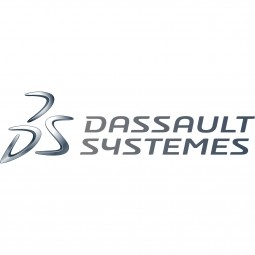
Applicable Industries
- Cement
- Metals
Applicable Functions
- Product Research & Development
- Sales & Marketing
Use Cases
- Rapid Prototyping
- Structural Health Monitoring
Services
- System Integration
- Training
About The Customer
Bill’s Custom Fab, Inc. is a family-owned and operated business that has been providing custom design and fabrication services for creating structural steel components for a range of diverse applications since 1990. The firm has worked with a wide variety of clientele, allowing the fabrication shop to expand its knowledge, experience, and expertise into many industries, ranging from construction and heavy-machine clients to residential and walk-in customers. In addition to custom design and fabrication, Bill’s Custom Fab’s services include steel erection, plasma burning, steel sales, shearing, bending, aluminum and stainless steel welding, and in-house and portable welding.
The Challenge
Bill’s Custom Fab, Inc., a family-owned business providing custom design and fabrication services for structural steel components since 1990, faced a challenge in supporting the 2D design requirements of their business more efficiently. The firm uses 2D CAD for fabricating structural steel for a variety of applications, including construction, handrails, and stair stringers. The management team, committed to quality improvements, periodically re-evaluates its design and fabrication tools to increase efficiency, boost productivity, or add capabilities. However, licensing changes with their former CAD provider led Bill’s Custom Fab to re-evaluate its 2D design solution. The firm needed a solution that was not only functional and provided a good return on investment, but also stable, compatible with major CAD formats, and capable of running LISP macros and routines, which the firm uses to create common structural steel features.
The Solution
Bill’s Custom Fab, Inc. implemented DraftSight® Professional 2D design software to meet its design requirements more efficiently. The software was chosen for its stability, data compatibility with major CAD formats, and ability to run LISP macros and routines. The transition to DraftSight Professional software was seamless, with no downtime or training requirements, due to the software's user interface and capabilities being similar to their legacy CAD. This allowed the firm to maintain high levels of productivity. Furthermore, the ability to continue using LISP language macros and routines in DraftSight helped maintain efficiency and productivity through the use of automated commands, while also reducing costs. The firm uses DraftSight for structural steel fabrication and erection drawings, custom fabrication shop drawings, and also uses the DXF features for their plasma cutting table.
Operational Impact
Quantitative Benefit

Case Study missing?
Start adding your own!
Register with your work email and create a new case study profile for your business.
Related Case Studies.
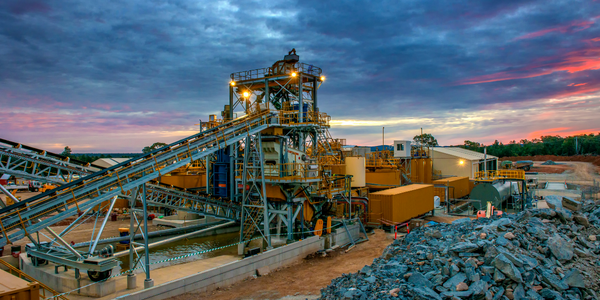
Case Study
Goldcorp: Internet of Things Enables the Mine of the Future
Goldcorp is committed to responsible mining practices and maintaining maximum safety for its workers. At the same time, the firm is constantly exploring ways to improve the efficiency of its operations, extend the life of its assets, and control costs. Goldcorp needed technology that can maximize production efficiency by tracking all mining operations, keep employees safe with remote operations and monitoring of hazardous work areas and control production costs through better asset and site management.

Case Study
System 800xA at Indian Cement Plants
Chettinad Cement recognized that further efficiencies could be achieved in its cement manufacturing process. It looked to investing in comprehensive operational and control technologies to manage and derive productivity and energy efficiency gains from the assets on Line 2, their second plant in India.
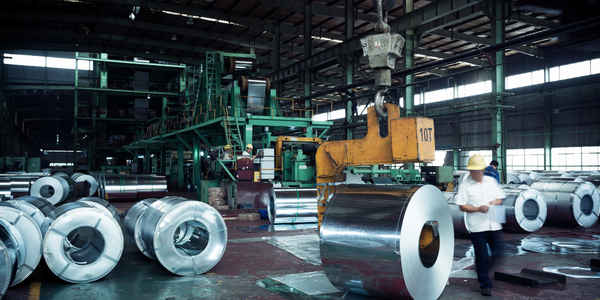
Case Study
KSP Steel Decentralized Control Room
While on-site in Pavlodar, Kazakhstan, the DAQRI team of Business Development and Solutions Architecture personnel worked closely with KSP Steel’s production leadership to understand the steel production process, operational challenges, and worker pain points.

Case Study
Bluescope Steel on Path to Digitally Transform Operations and IT
Increasing competition and fluctuations in the construction market prompted BlueScope Steel to look toward digital transformation of its four businesses, including modern core applications and IT infrastructure. BlueScope needed to modernize its infrastructure and adopt new technologies to improve operations and supply chain efficiency while maintaining and updating an aging application portfolio.
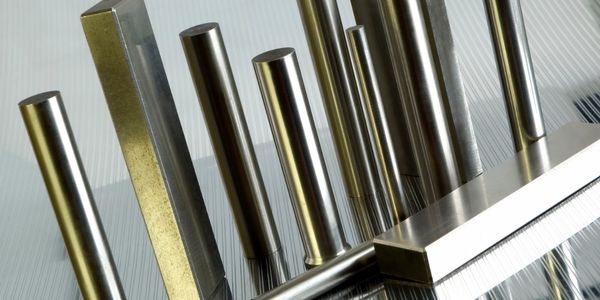
Case Study
RobotStudio Case Study: Benteler Automobiltechnik
Benteler has a small pipe business area for which they produce fuel lines and coolant lines made of aluminum for Porsche and other car manufacturers. One of the problems in production was that when Benteler added new products, production had too much downtime.
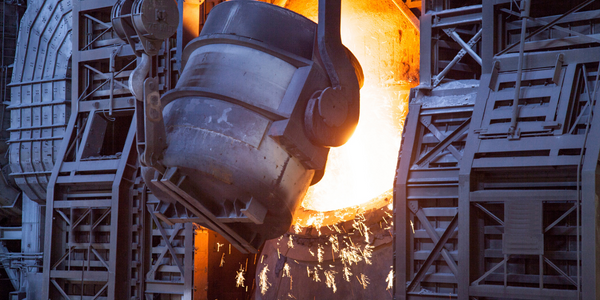
Case Study
Continuous Casting Machines in a Steel Factory
With a very broad range of applications, steel is an important material and has been developed into the most extensive alloy in the engineering world. Since delivering high quality is absolutely crucial for steel plants, ensuring maximum productivity and the best quality production are the keys to competitiveness in the steel industry. Additionally, working conditions in steel factories are not suitable for workers to stay in for long periods of time, so manufactures usually adopt various machines to complete the steel production processes. However, the precision of these machines is often overestimated and the lack of flexibility also makes supervisors unable to adjust operating procedures. A renowned steel factory in Asia planned to improve its Distributed Control System (DCS) of furnaces as well as addressing the problem of insufficient accuracy. However, most well-known international equipment suppliers can not provide a satisfactory solution and local maintenance because the project needed new technologies to more accurately control equipment operations. By implementing Advantech’s automated monitoring and control solution, steel factories can not only improve the manufacturing processes but can also allow users to add additional functions to the existing system so as to make sure the operation runs at high efficiency.






